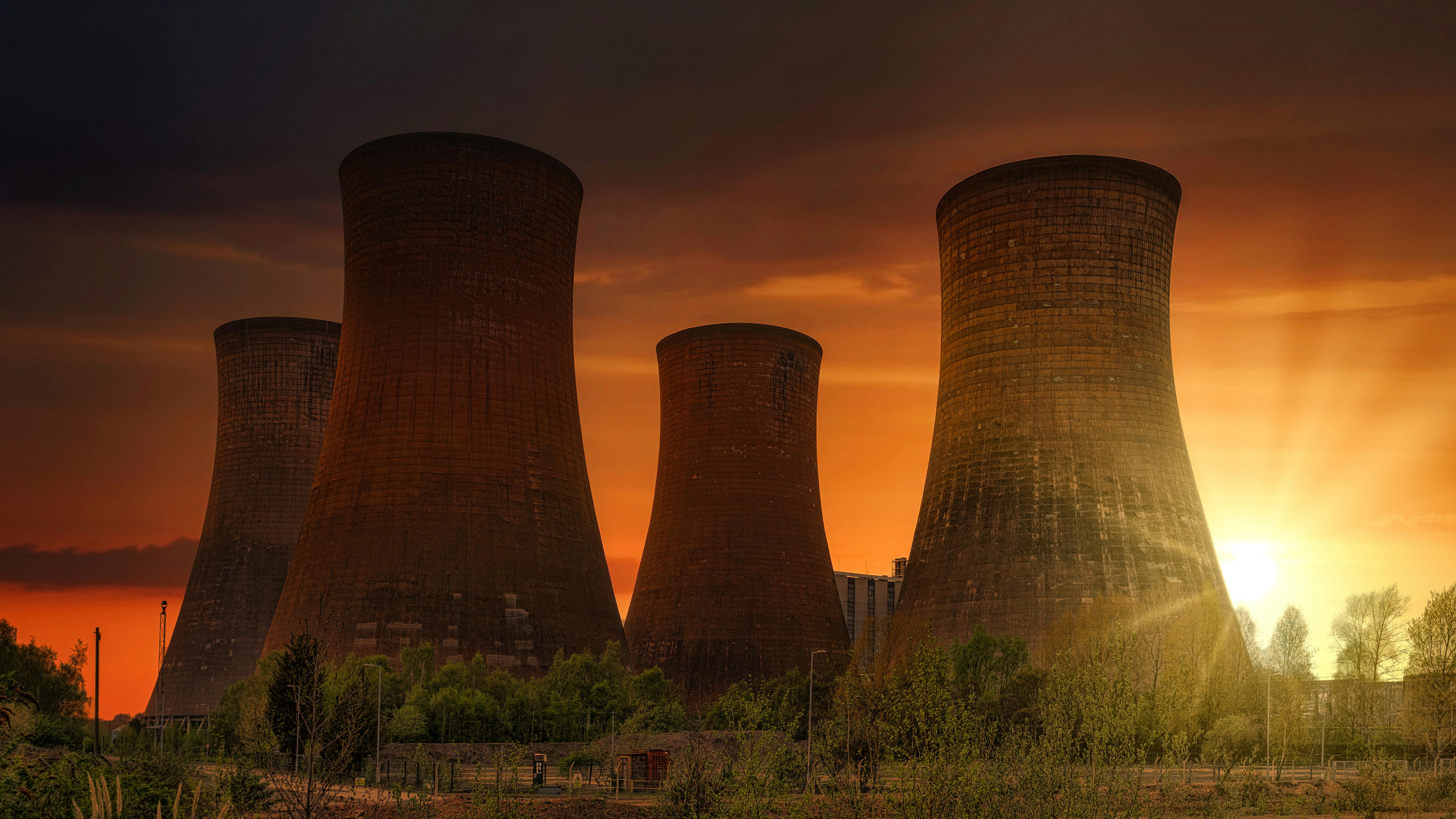Zero leakage valves have become indispensable components in numerous industries, ensuring the safe and efficient control of fluids while minimizing environmental risks. Over the years, these valves have undergone a remarkable evolution, evolving from early prototypes to the highly advanced designs we rely on today. In this article, we will take a journey through time to explore the historical development of zero leakage valves, shedding light on the key milestones and innovations that have shaped their existence.
The Early Beginnings:
The concept of zero leakage valves dates back to ancient civilizations. Early inventors and engineers recognized the need to control the flow of liquids and gases while preventing any unwanted leakage. One of the earliest designs involved simple stopcocks and plug valves, which, though rudimentary by today's standards, laid the foundation for more sophisticated developments.
Industrial Revolution and Early Innovations:
The Industrial Revolution in the 18th century ushered in a period of significant technological advancement. During this time, inventors and engineers began experimenting with new valve designs. Innovations like the globe valve and the gate valve represented important steps forward in fluid control, even though they were not entirely leak-proof.
The Birth of Modern Zero Leakage Valves:
The true emergence of zero leakage valves can be traced to the early 20th century. In 1915, the invention of the ball valve by Charles C. Fisher marked a major milestone. The ball valve's design, with a spherical closure element, significantly reduced the risk of leakage. Although not perfect, this was a pivotal moment in valve technology.
Advancements in Materials:
As materials science and engineering advanced, the materials used to construct valves improved. The introduction of resilient materials like PTFE and other advanced elastomers greatly enhanced the sealing capabilities of valves. These materials could withstand harsh environments and corrosive substances, making them ideal for zero leakage applications.
Incorporating Advanced Sealing Technologies:
The mid-20th century saw the integration of advanced sealing technologies, such as the use of O-rings and gaskets. These innovations further improved the sealing performance of valves and contributed to their reputation as zero leakage solutions.
Modern Innovations:
Today, zero leakage valves come in a variety of designs, including ball valves, butterfly valves, and diaphragm valves. These valves utilize state-of-the-art materials, precise machining, and advanced sealing mechanisms. The use of computer-aided design (CAD) and computer-aided manufacturing (CAM) technologies has enabled the creation of highly reliable, zero leakage valve systems.
Applications in Critical Industries:
Zero leakage valves have found applications in critical industries, including nuclear power plants, chemical processing, pharmaceutical manufacturing, and oil and gas extraction. The need for absolute control and safety in these sectors has driven continuous innovation in zero leakage valve technology.
The evolution of zero leakage valves from early prototypes to today's advanced designs represents a testament to human ingenuity and the relentless pursuit of safety and efficiency. As industries continue to demand higher standards of performance and environmental responsibility, the development of zero leakage valves remains an ongoing journey. With each passing year, new materials, technologies, and engineering solutions are pushing the boundaries of what is possible, making these valves an essential component of our modern world.


